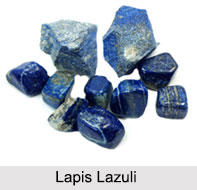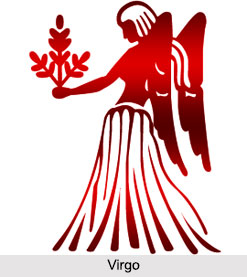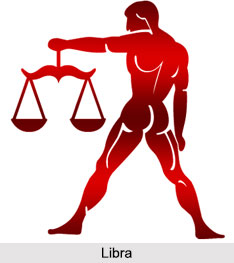 Lapis lazuli is a semi-precious gemstone which is the source of the pigment ultramarine. This is an affordable stone for its carat weight, it is popular as a cabochon for rings and bracelets and an all-time classic stone with a silver setting. Lapis Lazuli is considered a stone of truth and friendship. The blue stone is reputed to promote harmony in relationships.
Lapis lazuli is a semi-precious gemstone which is the source of the pigment ultramarine. This is an affordable stone for its carat weight, it is popular as a cabochon for rings and bracelets and an all-time classic stone with a silver setting. Lapis Lazuli is considered a stone of truth and friendship. The blue stone is reputed to promote harmony in relationships.
Lapis lazuli is the alternate birthstone for Virgo along with Sapphire and the accepted gemstone for the 7th and 9th year of marriage anniversary.
Origin of Lapis Lazuli
Lapis Lazuli is used for more than 6000 years for jewellery and ornamental objects. The name "lapis" comes from word pencil in Spanish and "azul" is the Arabian word for blue. Lapis Lazuli with deep azure blue colour, often flecked with golden pyrite inclusions, was treasured by ancient Babylonian and Egyptian civilizations. Royal people of Egyptian and Babylonian civilizations of that time also often wore it. Lapis lazuli was widely used by Egyptians for cosmetics and painting. Persian legend says that the heavens owed their blue colour to a massive slab of Lapis upon which the earth rested.
Appearance of Lapis Lazuli
 Lapis lazuli is made up of 25 to 40 percent lazurite, plus several minerals. The names of the minerals can be mentioned as sodalite, hauyne, calcite, and pyrite. These minerals influence colour and its distribution. Based on that varying composition, lapis lazuli is considered a rock, not a mineral. In addition to the sodalite minerals in lapis lazuli, small amounts of white calcite and of pyrite crystals are usually present. Because lapis is a rock of varying composition, its physical properties are variable. Its unique deep blue colour has never lost its attraction. Lapis lazuli is soft.
Lapis lazuli is made up of 25 to 40 percent lazurite, plus several minerals. The names of the minerals can be mentioned as sodalite, hauyne, calcite, and pyrite. These minerals influence colour and its distribution. Based on that varying composition, lapis lazuli is considered a rock, not a mineral. In addition to the sodalite minerals in lapis lazuli, small amounts of white calcite and of pyrite crystals are usually present. Because lapis is a rock of varying composition, its physical properties are variable. Its unique deep blue colour has never lost its attraction. Lapis lazuli is soft.
Colour of Lapis Lazuli
Lapis Lazuli is a gemstone usually compared to stars in the sky. This gemstone occurs in various shades of blue with some qualities being speckled with white calcite and some with yellow pyrite. The finest Lapis Lazuli is even blue colour with little or no staining from other elements.
Varieties of Lapis Lazuli
The different varieties of Lapis Lazuli are based on colour and the presence or absence of calcite or pyrite. The Persian or Afghan Lapis contains little or no pyrite and no calcite. Its nature is intense, uniform, medium dark and slightly violetish blue in colour. The Russian or Siberian Lapis contains pyrite and might contain some calcite. It has various tones and intensities of blue. The Chilean Lapis is often tinged or spotted with green, with obvious calcite matrix
Benefits of Lapis Lazuli
Lapis Lazuli is believed to be a sacred stone, buried with the dead to protect and guide them in the afterlife. For centuries, Lapis Lazuli has been praised for jewellery. However, it has also been used to make the beautiful blue paint ultramarine and has been used as a source of writing instruments. Ultramarine is used in paints, lacquers and decorating materials. It has a particularly brilliant blue colour and is very lightfast.
Lapis Lazuli has high intensity and can open many of the chakra centers. This must be done only with love in the heart and comprehension in the mind and wisdom in soul. The stone is said to increase psychic abilities. Lapis lazuli eliminates negative emotions. Lapis is said to be a cure for melancholy and for certain types of fever. It relieves sore throat pain. This stone is traditionally believed to increase mental clarity, virility and calm. Lapis Lazuli is energy focuser for teachers, lecturers and speakers. It successfully enhances creative self-expression. It is believed to be useful in relieving depression and promoting spirituality. Lapis Lazuli is also powerful during meditation.



















